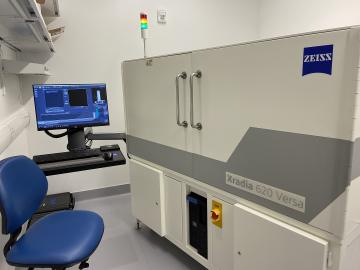Research core facilities seek to advance transformative excellence in research and innovation by:
- Supporting faculty research success.
- Enabling particular types of research capacities, such as equipment, material, data acquisition, data analysis, consultation or expertise, and/or other services.
- Providing access to cutting edge equipment and expertise for small and large business entities.
- Creating opportunities for businesses to build synergies and partnerships with UO faculty.
- Providing students with access to tools, capacities, specific training, and projects.
- Promoting diversity and inclusion in access and education to research tools and technologies
Get Started: To use our Core Facilities, please contact the director of the relevant facility below or visit Research Core Business Services for more information about Terms of Service.
Research Core Facilities
Aquatic Animal Care Services (AqACS)
Provides support for researchers using aquatic and semi-aquatic animal models, primarily fish, to study vertebrate genomics and vertebrate development. The most widely used fish model at the University of Oregon is the zebrafish (Danio rerio). Zebrafish research was founded at the University of Oregon in the early 1980's by George Streisinger and has since spread to include thousands of researchers drawn from institutions from around the world.
Director: Timothy Mason - (541) 346-8980
Center for Advanced Materials Characterization in Oregon (CAMCOR)
A user facility housing a comprehensive array of materials characterization instrumentation and expertise aimed to serve the needs of researchers on the University of Oregon campus, regional industries, and academic institutions. The CAMCOR facilities was established in 2004 and most recently added a Multi Ion Source Plasma-FIB to its suite of instrumentation.
Director: Kurt Langworthy - (541) 346-3660
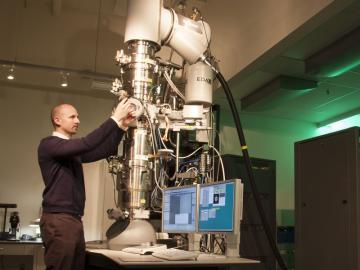
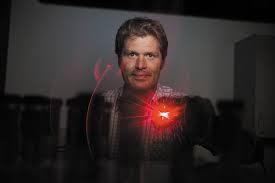
Genomics and Cell Characterization Core Facility (GC3F)
Supports scientific research at the University of Oregon by offering genetic and genomic technologies. The facility provides in-house services and specialized equipment, including Sanger DNA sequencing, microarray-based genotyping, microarray printing, robotics for high throughput manipulation of DNA samples, and next generation Illumina-based high throughput DNA sequencing and associated bioinformatics.
The Imaging Facility: Part of the suite in GC3F, the imaging facility supports scientific researchers and provides high resolution, state-of-the-art microscopy technologies for imaging.
Director: Doug Turnbull - (541) 346-5170
Greenhouse Facility
Comprising more than 6,000 square feet of greenhouse space and a one-acre field to support research and teaching activities, the UO Greenhouse Facility serves as a core facility to support the research and teaching missions of faculty and students in multiple academic departments and institutes across the university, as well as multiple universities throughout the country.
Manager: Scot Medbury - (541) 632-6880
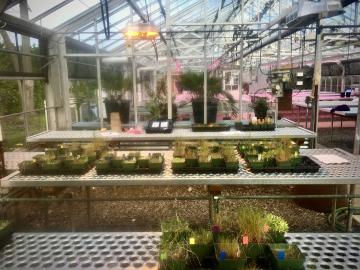
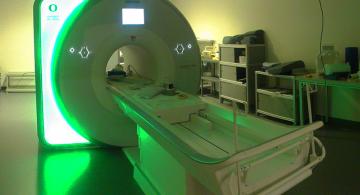
Lewis Center for Neuroimaging (LCNI)
Supports interdisciplinary, multifaceted research in cognitive neuroscience and biological imaging. LCNI operate Siemens Skyra 3T and Prisma MRI systems and has full capabilities for the design and fabrication of MR coils to support a broad range of research needs and applications.
Director: Ali Burggren - (541) 346-0337
Technical Science Administration (TSA)
TSA operates the Scientific Instrument Machine Shop at the University of Oregon. It is staffed by professional machinists who support internal and external research projects through design and fabrication. They also train students and faculty in the safe operation of shop tools in order to further both research and education.
Contact: tsacore@uoregon.edu
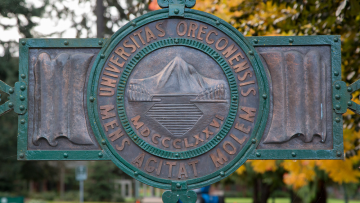
Terrestrial Animal Care Services (TeACS)
Terrestrial Animal Care Services’ (TeACS) mission is to provide excellent animal husbandry, veterinary care, and technical services; utilizing open, collaborative, friendly, and respectful communication to support researchers who utilize laboratory animals in order to improve human and animal health, and advance scientific knowledge. TeACS also provides services for producing and maintaining genetically modified mice as well as histology.
Director: Audrey Harris - (541) 346-0115
Other Campus Research Facilities

Research Advanced Computing Services (RACS)
Supporting research computing at the University of Oregon by providing large-scale computing resources, performant storage, high-speed data transfer capabilities, and support for data sharing. Additionally, RACS provides consulting services in the computational sciences, training on the use RACS resources.
Contact: racs@uoregon.edu
X-ray Imaging Core Facility
The X-ray imaging facility provides versatile non-destructive X-ray based 2D and 3D imaging and quantitative analysis of biological samples and other materials at high resolution. This facility includes: a Zeiss Xradia 620 Versa (ex vivo microCT/X-ray microscopy specimen scanning of a wide range of sample dimensions and material types at voxel sizes ranging from sub-micron to hundreds of microns), a Scanco vivaCT80 (in vivo live animal longitudinal microCT imaging at voxel sizes in the tens to hundreds of microns), and a Faxitron Ultrafocus (in vivo live animal projection radiographs).
Director: Angela Lin - (541) 346-5121
